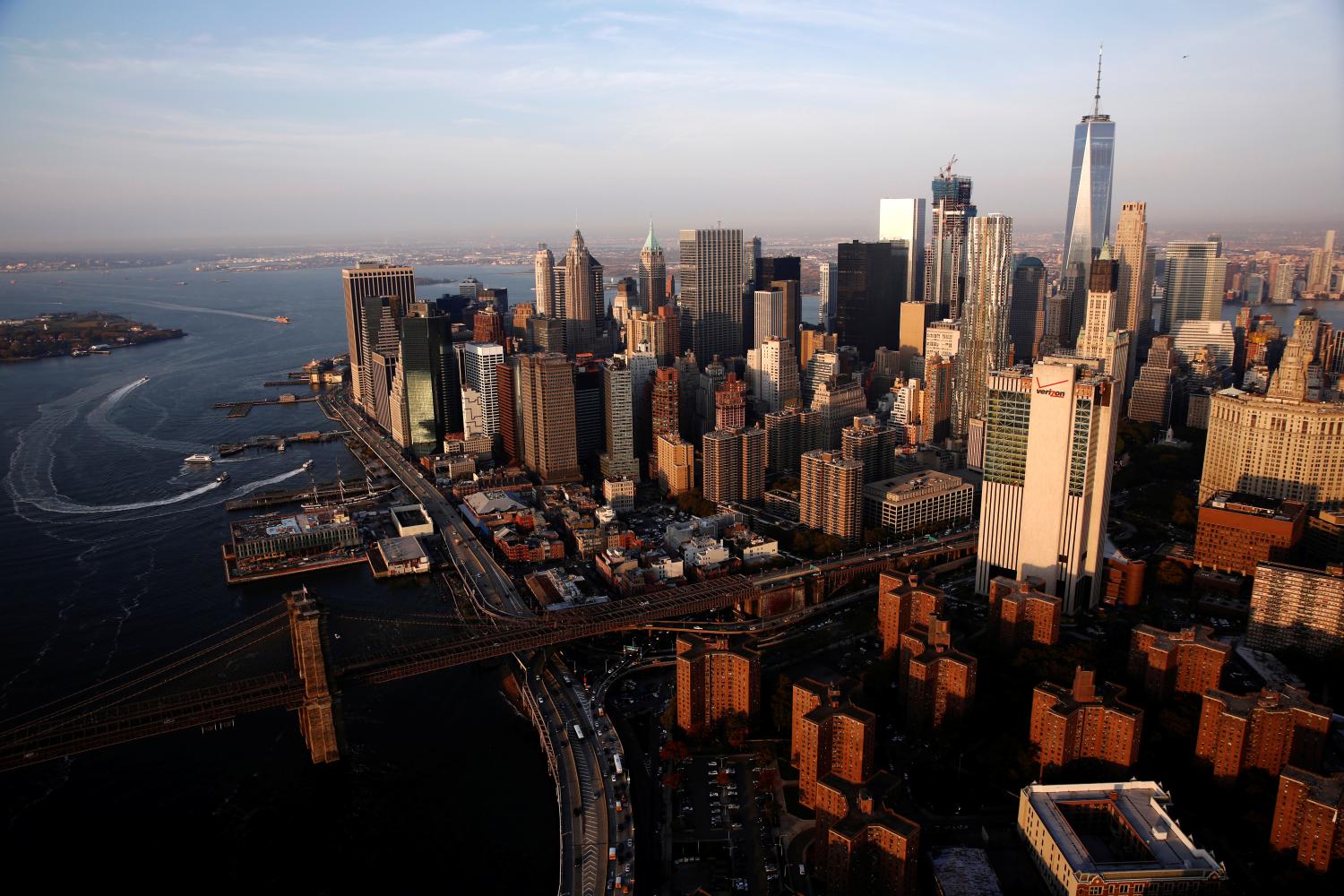The United States is confronting significant demographic shifts that could have critical implications for policy and progress throughout this decade, according to new census data.
In a first-ever comprehensive study of America’s large metropolitan areas, we have found that the United States is undergoing the most significant socio-demographic change since the huge wave of immigrants in the early 20th century.
Failure to manage this change could have grave consequences for America’s future quality of life. But success would allow us to use this demographic transformation as a competitive advantage for the 21st century.
Cities and large metropolitan areas are leading this transformation and may, in many ways, determine the path forward. America’s 100 largest metropolitan areas already account for two-thirds of our population and generate 75 percent of our gross domestic product.
But we are growing rapidly. Our population exceeded 300 million in 2006, and we are on track to hit 350 million in the next 15 years.
What will America and its cities look like in 2025? Who will these 50 million new Americans be? Based on our new analysis, America will probably be older, more diverse, more urban — and less equal.
Racial and ethnic minorities accounted for 83 percent of our population growth this last decade. We are well on the way to becoming a majority-minority society.
America in 2025 may also be significantly older. The number of seniors and boomers already exceeded 100 million this past decade.
Fifteen years from now we might be more educated. Yet, if we continue as today, we could be living in a far less competitive and equitable society.
Today, whites and Asians are more than twice as likely to hold a bachelor’s degree as blacks and Latinos, and young people are lagging. Low-wage workers saw real hourly earnings decline by 8 percent this decade; high-wage workers saw wages rise by 3 percent.
Should these trends continue, America in 2025 may have cities that can’t support their aging citizens; transportation infrastructure ill-equipped to meet the needs of young or old, and a gap between rich and poor that could grow with our population.
We could be living in a less prosperous society. Indeed, our national prosperity in 2025 might depend on whether we master this demographic change and leverage its possibilities in two fundamental ways.
First, our largest metropolitan regions, because of their size, and their current and historic role in America’s economy and society, must confront these dynamics. All the dimensions of change growth, diversity, aging, educational disparities and income polarization are at a faster pace, a larger scale and a higher level of intensity in these areas.
Major challenges like climate change and immigration are now complicated, if not fueled, by these marked changes in the size and composition of our nation’s population.
Our greater metropolitan areas are where the responses that ultimately shape our evolving society must be produced. Working together, Cities, suburbs and exurbs must consider issues like transportation and housing, services for the elderly and workforce training for the rising diverse generation that will take jobs that baby boomers are starting to leave.
Consider that in our greater metropolitan areas, 70 percent of older Americans now live in suburbs, which were not designed for aging populations. For the first time, the majority of the nation’s poor now also live in suburbs.
The demographic challenges we face are national; but their impact could be local — and so must be the solutions we develop to confront them.
At the same time, the federal government cannot wait for the greater metropolitan areas to address this massive transformation.
Washington should develop macro-level responses. These include comprehensive immigration reform that better incorporates new Americans into our society and economy; a revamping of transportation and housing policy that reduces energy inefficient sprawl and accommodates seniors; programs to increase post-secondary education for our emerging workforce; and redoubling efforts, like the Earned Income Tax Credit, that help make work pay for working-class families.
Over the next 15 years, as we deal with revolutionary changes in who we are and where we live, U.S. policy-makers, at the local and national level, could be tested, perhaps as never before.
Yet, overall, the United States is a demographically blessed nation. Our competitors in Europe and Asia are either growing slowly, as in Japan and China; or actually declining, as in Germany and Russia.
In a fiercely competitive world, demographic transformation may be America’s ace in the hole.
If we fail to meet the challenge of our changing social and urban landscapes, issues now on the horizon will compound those we face today.
But if we can successfully manage this transformation, the 21st century could be and hopefully will be a prosperous one for all Americans.
The Brookings Institution is committed to quality, independence, and impact.
We are supported by a diverse array of funders. In line with our values and policies, each Brookings publication represents the sole views of its author(s).




Commentary
Op-edAn Impending National Transformation
May 9, 2010